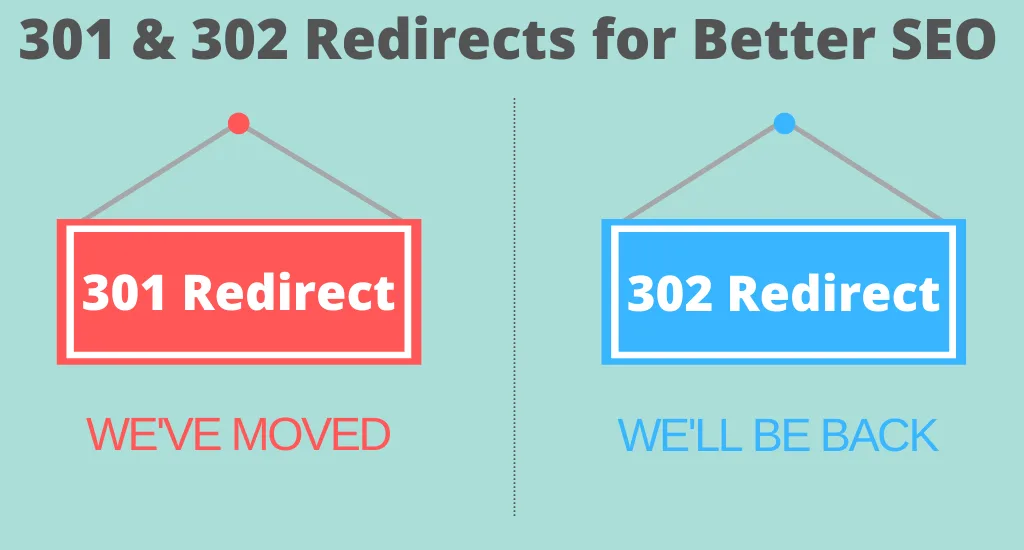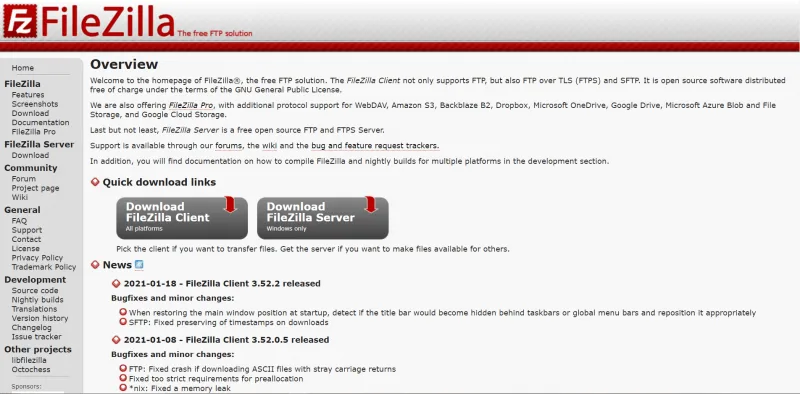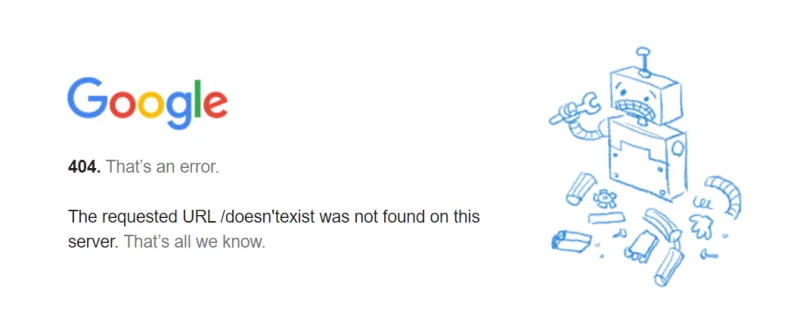Contenu

Les redirections font partie intégrante de la vie en ligne. Que vous changiez de domaine ou que vous réorganisiez votre site, les redirections 301 et 302 peuvent vous sauver la vie. Cependant, lorsqu'ils sont utilisés de manière inappropriée, ils peuvent également avoir des effets inattendus sur votre optimisation pour les moteurs de recherche (SEO).
Heureusement, il existe des moyens d'atténuer ces effets. En vous familiarisant avec chaque type de redirection et en sachant quand les utiliser, vous pouvez minimiser leur impact sur le référencement de votre site web.
Dans cet article, nous allons vous présenter les redirections et vous expliquer comment les utiliser sur votre site WordPress. Ensuite, nous couvrirons les différences entre les redirections 301 et 302 et comment chacune d'entre elles peut affecter votre référencement. C'est parti !
Introduction aux redirections
Les redirections sont un outil utile pour la gestion de votre site web. La création d'une redirection équivaut essentiellement à la mise en place d'une adresse de réexpédition pour une page web. Par exemple, vous pouvez mettre en place une redirection pour envoyer tout le trafic tentant d'accéder à la page A vers la page B à la place.
Cela est utile dans un certain nombre de situations. Souvent, les redirections permettent de contourner les liens brisés. Cependant, ils sont également essentiels pour des tâches plus importantes telles que la migration de l'ensemble de votre site web vers un nouveau domaine. Vous pouvez parfois utiliser les redirections pour partager plus efficacement votre site web. liens affiliés également.
Si vous avez besoin d'une redirection, il existe plusieurs méthodes pour la mettre en place. La première méthode consiste à accéder à la section .htaccess ce qui nécessite l'utilisation d'un client FTP (File Transfer Protocol) tel que FileZilla:

Si vous utilisez cette méthode, vous devrez probablement être assez à l'aise avec l'ajout de code dans les fichiers de votre site. Vous éviterez ainsi tout accident susceptible d'endommager votre site.
Vous pouvez également utiliser un plugin. Une option populaire est le plugin Plugin de redirection par John Godley.
Un plugin vous permet de créer et de gérer facilement vos redirections sans avoir besoin d'un niveau élevé de compétences techniques. Il peut également s'agir d'une méthode plus efficace que d'avoir à ouvrir régulièrement votre .htaccess pour garder un œil sur vos redirections.
Une autre option consiste à choisir un l'hébergement qui permet également de gérer les redirections. WP Engine est une excellente option que nous utilisons chez ThirstyAffiliates.

Quelle que soit la méthode choisie, vous devez savoir qu'il existe deux types distincts de redirections couramment utilisés : 301 et 302. Chacun d'entre eux a des utilisations différentes et, par conséquent, des impacts potentiels différents sur votre référencement.
Comment les redirections 301 et 302 affectent le référencement (2 façons)
Il est important de savoir de quel type de redirection vous avez besoin pour atteindre vos objectifs et quel impact elle peut avoir sur votre site avant de commencer à la mettre en place. En particulier, les redirections peuvent affecter le référencement de vos pages si elles ne sont pas utilisées correctement. Voici ce qu'il faut savoir pour en tirer le meilleur parti.
1. Redirections 301
Commençons par les redirections 301. Ces redirections ne doivent être utilisées que pour des déplacements permanents. Il peut s'agir par exemple d'un changement de nom de domaine ou de la réparation d'un lien brisé. Si vous pensez vouloir annuler le changement à l'avenir, n'utilisez pas de redirection 301.
Si vous n'utilisez pas de redirection et que vous déplacez une page vers une autre adresse, vos visiteurs seront accueillis par le redoutable écran d'erreur 404 :

Essayez de l'éviter à tout prix. Non seulement cela frustrera vos visiteurs, mais cela peut également nuire à votre référencement.
Cependant, même l'utilisation correcte d'une redirection 301 peut entraîner une baisse temporaire de votre référencement. En effet, les moteurs de recherche peuvent avoir besoin d'un certain temps pour comprendre le changement et transférer l'autorité de la page d'origine à la nouvelle. Toutefois, une fois que vous avez transféré les données de votre page vers la nouvelle URL, l'impact sur le référencement devrait être minime, voire inexistant.
Si vous déplacez des domaines, vous pouvez utiliser un fichier Page "Coming Soon sur votre nouveau site jusqu'à ce qu'il soit prêt à accueillir des visiteurs. Vous pouvez également mettre en place un changement d'adresse dans Google Search Console au cours de ce processus. Notez que les redirections générales qui ne sont pas liées à un nouveau domaine ne nécessitent généralement pas ce niveau d'attention.
2. Redirections 302
En revanche, les redirections 302 doivent être utilisées pour tout déplacement temporaire. Parmi les scénarios possibles, citons la mise à jour d'une page ou la réalisation de tests sur votre site. Toute situation dans laquelle vous prévoyez de remettre en service l'URL d'origine doit faire l'objet d'une redirection 302.
Les redirections 302 indiquent aux moteurs de recherche que le déplacement est temporaire. Cela signifie que votre page d'origine conservera son classement. Contrairement aux redirections 301, l'autorité de votre page ne sera pas transférée à la nouvelle adresse.
Si, à un moment donné, vous décidez que le transfert est permanent, vous devez passer à une redirection 301 dès que possible. Si vous ne le faites pas, vous risquez de nuire considérablement à votre référencement, car les données de la page d'origine ne seront pas transférées.
Lorsque vous entreprenez ce processus, vous pouvez renforcer votre référencement avant de commencer. Un plugin tel que Tout en un : le référencement peut vous aider à cet égard.

Associés au choix de la bonne redirection pour le scénario spécifique, des plugins comme All in One SEO peuvent vous aider à maintenir votre présence sur le web.
Conclusion
Les redirections ne sont pas rares, surtout lorsque votre site web se développe et que vous devez mettre à jour d'anciens contenus. En sachant comment les redirections 301 et 302 peuvent influer sur votre référencement, vous serez mieux armé pour créer un site très visible.
Dans cet article, nous avons vu comment deux types de redirections peuvent affecter votre référencement :
- Redirections 301ce qui peut entraîner une baisse temporaire de votre classement, le temps que les moteurs de recherche s'adaptent à ce changement.
- 302 redirectionsqui peut endommager votre classement s'il n'est pas utilisé correctement.
Avez-vous des questions sur l'impact de ces redirections sur votre référencement ?? Faites-nous part de vos commentaires dans la section ci-dessous !
Si vous avez aimé cet article, n'oubliez pas de nous suivre sur Twitter, Instagram, Facebooket LinkedIn! Et n'oubliez pas de vous inscrire dans le boîte ci-dessous.



Bonjour à l'équipe de Thirsty Affiliates,
Merci pour cet article, mais je n'ai pas vraiment compris quel type de redirection utiliser avec les liens d'affiliation. En théorie, nous devrions utiliser les 302 puisque ce sont des liens qui peuvent changer dans le futur, n'est-ce pas ?
Merci, c'est très intéressant à savoir, car si nous nous y prenons mal, nous risquons de perdre notre positionnement.
L'article était utile, mais je n'étais pas sûr de savoir comment rediriger les liens affiliés. A moins que nous ne soyons sûrs que les changements futurs n'entraveront pas notre capacité à utiliser les 302, pourquoi ne pas utiliser les 302 ?
Bonjour Will, Vous avez expliqué les redirections d'une manière très simple dans ce billet. J'ai toujours trouvé les redirections assez difficiles car, si elles sont mal faites, elles peuvent avoir un impact significatif sur les classements. J'étais donc à la recherche d'une solution qui pourrait m'aider à le faire. Merci d'avoir parlé de WP Engine.
Merci de votre attention.
Par ailleurs, est-ce une bonne pratique d'inclure des mots-clés dans les URL ?
Vous pouvez inclure des mots-clés dans les URL, mais vous devez avoir de meilleures pratiques, vos mots-clés ne doivent pas dépasser deux.
Utilisez un ou deux mots-clés pertinents dans votre URL et indiquez à Google ce que la page doit afficher dans les résultats de recherche. N'ajoutez pas plus de mots-clés à votre URL, car cela pourrait être considéré comme du spam.
Tous vos articles sont extraordinaires et j'apprends tellement de vous !
Très bien expliqué.
Merci... !
Mon hébergeur est WP Engine ! Et WP Beginners.com a recommandé TA. J'ai beaucoup de choses à faire pour publier mon premier blog. J'aimerais aller sur mon site maintenant pour commencer à l'éditer. Je ne sais pas combien de temps il me faudra pour masquer mes liens d'affiliation. Je suis complètement novice et je n'ai pas l'habitude de la technologie.
Merci d'avoir partagé ce contenu étonnant avec tant d'informations. L'article est bien expliqué et instructif. En particulier, où utiliser ces redirections.
Bonjour, Will Morris
Je suis vraiment impressionné par votre article ! J'ai vraiment aimé tous les points que vous avez soulevés. Je lis toujours vos blogs parce que vous préférez toujours les sujets les plus recherchés pour écrire. Je vais continuer à lire d'autres articles de votre part.
Je suis heureux de voir votre article et votre travail est bon.
@auteur
Merci pour l'article !
J'ai vraiment apprécié tous les points que vous avez soulevés. Et c'est très utile
Merci pour ces excellents conseils, les redirections 301 et 302 jouent un rôle très important dans le classement de votre site web sur les moteurs de recherche et vous les expliquez toutes d'une manière simple et facile.
Je suis très reconnaissante d'avoir trouvé cet article. Il est si bien expliqué.
La redirection 302 est une bonne chose pour le référencement.
Superbe article, merci beaucoup